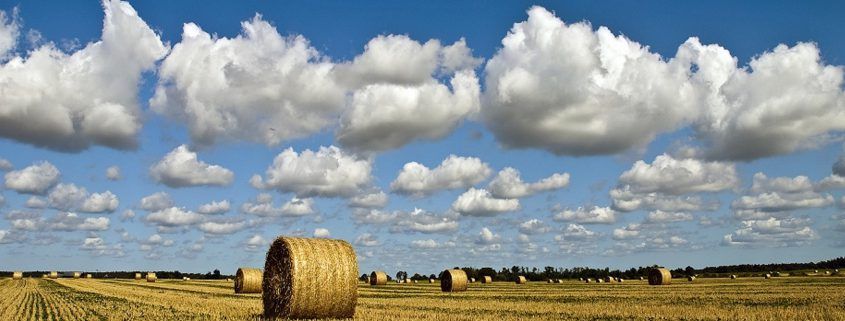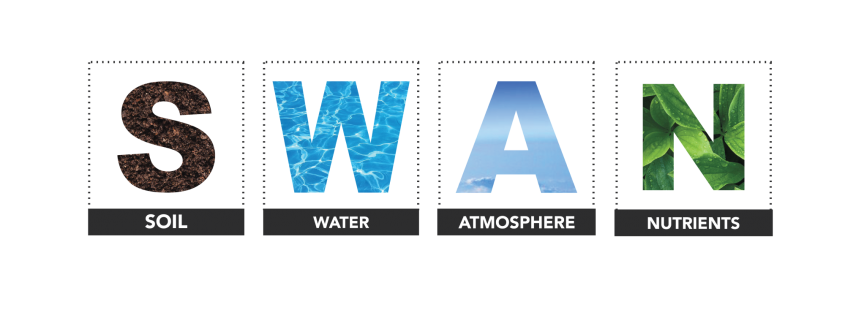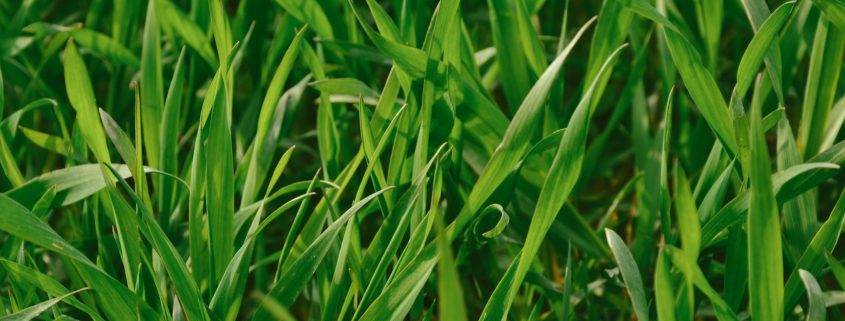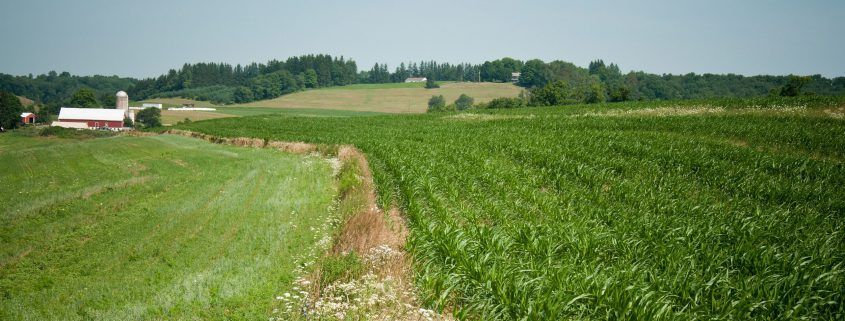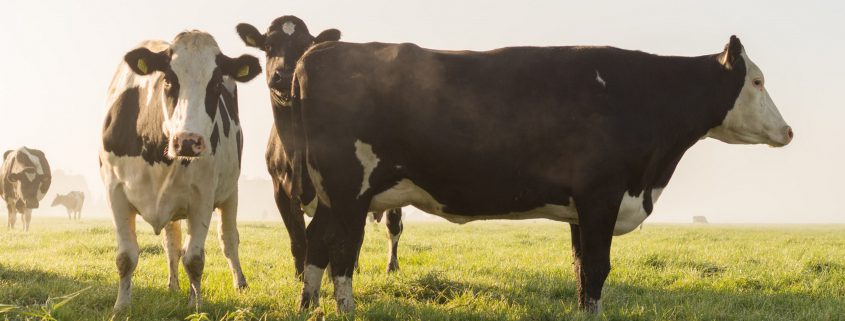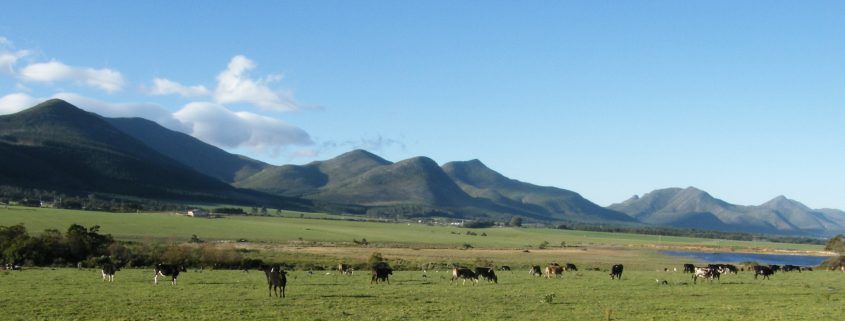Why carbon footprints on farms?
What can farmers learn from a carbon footprint? Why do people want to know what a farms carbon footprint is? How is a carbon footprint even related to climate change? In the blog below I will attempt to answer these questions.
Are you wasting nutrients on your farm?
Many nutrients are wasted on dairy farms due to oversupply through inputs from fertilizers and feeds. A great deal of nutrients, and therefore money, can be saved by recording and monitoring what nutrients are removed from the farm and what nutrients are brought onto the farm.
Better water use efficiency can result in greater profitability
By measuring water use efficiency farmers are made aware of where and how much water they are using on their farm. Through this process farmers can identify areas where efficiency can be improved, therefore helping them to save water.
What is the SWAN system?
At Trace & Save we believe in placing integrity to our claims of addressing sustainability on farms. One of the ways we do this is by using the concept of measured agricultural sustainability using the SWAN system.
Farm for success today and the future
Two of the prominent aspects of sustainability are long-term profitability and environmental protection. Limiting chemical nitrogen fertiliser use to only what is very necessary contributes to both of these aspects.
Further proof of the positive effect of decreased nitrogen fertiliser
Excessive use of chemical nitrogen fertiliser has a negative effect on soil life and soil structure. Yet there still seems to be a trend of farmers wanting, or feeling the need, to apply excessive chemical nitrogen fertiliser to pastures.
Why care about sustainable agriculture?
Every individual in society is reliant on agriculture for the food they eat. The choices that we, as consumers, make in what we buy, influences the demand which is created for certain products or brands.
A cow’s rumen is a wonderful thing
Grass is abundant in the world, and is able to be grown sustainably for milk production. Pasture-fed cows are very efficiently converting a potentially useless form of nutrients into valuable food for people.
Soil life indicators on dairy pastures: Case study
One of the challenges for farmers with regards to soil life is knowing whether the practices they are implementing are positively contributing to healthy soils, which are conducive to soil organisms flourishing. To this end we have been measuring various indicators of life in the soil.
Carbon footprint and productivity case study
Carbon footprints are an important tool providing insight on the environmental impact of an entity, but this case study is focussed on the role that a carbon footprint analyses can play in providing feedback to farmers on their farm productivity.

